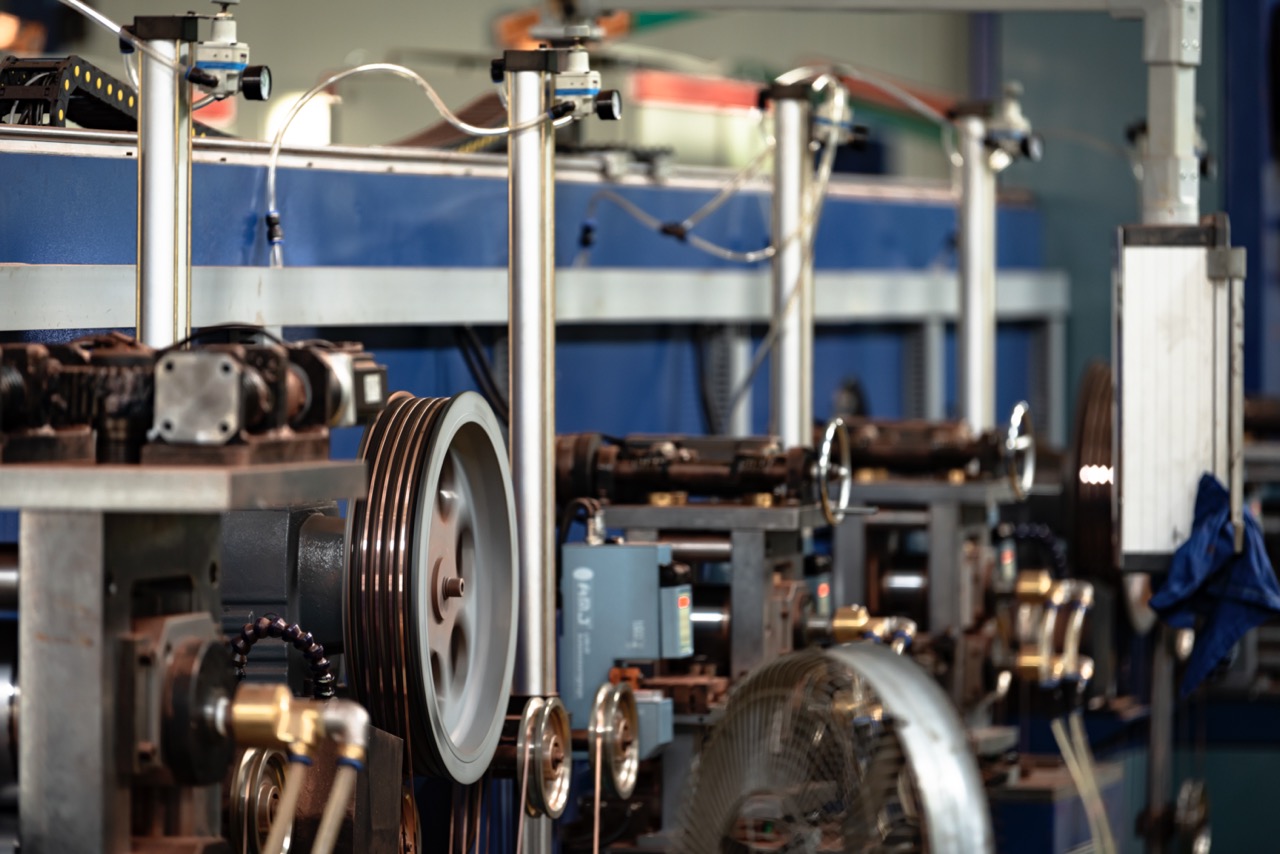The production of copper-clad aluminum flat wire has very strict requirements on raw materials, because it not only affects the product's conductivity, welding performance and service life, but also directly affects the stability of subsequent processes such as rolling and tinning.Raw materialsMain technical requirements:
1. Requirements for aluminum substrate
The core of copper-clad aluminum is "aluminum as the core and copper as the skin", and the quality of aluminum is crucial.
- Aluminum Type
- Recommended use1350 Series (AL1350) High Purity Aluminumor3003 Series Aluminum Alloy, purity ≥99.5%.
- RequiredGood conductivity and ductility.
- Aluminum core size accuracy
- The diameter tolerance is ≤ ±0.01mm and the ovality is extremely small to ensure uniform copper cladding.
- The surface mustSmooth without oxide scale, oil stain, cracks or scratchesAnd other defects.
- Tensile Strength & Elongation
- Tensile strength: 60~100 MPa
- The elongation is ≥ 20% to adapt to subsequent calendering and winding.
2. Requirements for raw materials of copper layer
The copper layer not only determines the conductivity, but also is the basis for key performances such as tinning and welding.
- Copper Type
- High purity preferredOxygen-free copper (OFC) or phosphorus deoxidized copper (C1020, C1100), purity ≥ 99.9%.
- The material is required to be soft, ductile and have good bonding properties.
- Copper layer thickness
- Usually 5μm~30μm, customized according to product design requirements.
- The more uniform the copper layer thickness, the more stable the electrical properties and the more reliable the welding.
- Copper tape status
- It should be in **annealed soft state (O state)** or controllable hardness state for easy coating and calendering.
- No oxidation, no cracks, no burrs.
3. Requirements for copper-aluminum composite materials (can be used as semi-finished raw materials)
Some manufacturers use the "copper-clad aluminum base material" that has completed the initial coating for precision rolling, and the requirements are as follows:
- High copper layer bonding strength
- The peel strength is ≥ 12N/cm, ensuring that there is no delamination during subsequent processing.
- No pores, voids or inclusions to prevent deterioration of electrical conductivity.
- Good overall uniformity
- The concentricity of the coating is ≤5%, without eccentricity.
- The copper layer thickness tolerance is ≤ ±1μm, and the surface is continuous and free of cracks.
- Compatible with subsequent processes
- It must be able to withstand subsequent rolling, annealing, tinning and other processes without delamination or peeling.
4. Impurity Control and Cleaning Requirements
- Copper and aluminum raw materials must not contain impurities such as iron, nickel, zinc, etc. that affect conductivity and adhesion.
- All raw materials must be degreased, pickled and deoxidized before processing to ensure that the composite interface is clean and conducive to metallurgical bonding.
5. Ruichuang’s raw material advantages
As a leading manufacturer of small-sized copper-clad aluminum flat wires in China,RaytronIn terms of raw material selection, we insist on:
- Long-term cooperation with high-end copper and aluminum raw material suppliers, stable material batches;
- Strict incoming material testing (hardness, resistivity, peel strength, impurity analysis);
- All copper-clad aluminum flat wire raw materials must pass the "ductility" test and welding simulation test before they can be put into production.
Summarize
The first key step to determine whether copper clad aluminum flat wire products are of high quality is material selection. If the raw materials are not up to standard, it will be difficult to produce products with high conductivity, high weldability and high consistency even if the subsequent processes are advanced.Photovoltaic welding ribbonTherefore, controlling the purity of the aluminum core, the uniformity and adhesion of the copper layer from the source is the key to creating high-quality copper-clad aluminum strip.
